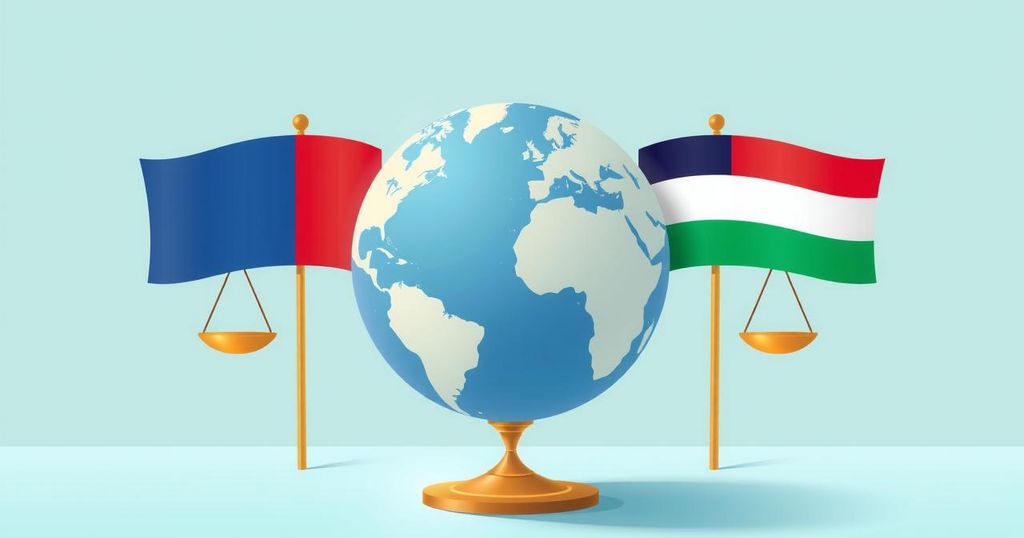Understanding Yemen’s Houthis: History, Leadership, and Recent Attacks
The United States has launched military actions against Yemen’s Houthis after their attacks on Red Sea shipping. Led by Abdul Malik al-Houthi, the Houthis have a complex history, originating from a religious movement in the 1990s. Their control expanded during the Yemeni civil war, and they have recently resumed maritime strikes linked to regional tensions related to Gaza. Accusations of Iranian support complicate their role in the conflict.
The United States has intensified military operations against Yemen’s Houthis, a group aligned with Iran, following their resurgence of attacks on Red Sea shipping routes. President Donald Trump’s actions mark the largest military intervention in the Middle East during his tenure, with at least 24 casualties reported thus far and indications that operations may continue for weeks. This move coincides with increased sanctions aimed at Iran.
The Houthi movement originated in the late 1990s when the Houthi family initiated a revival of the Zaydi sect of Shi’ite Islam in northern Yemen, an area that faced economic hardship and neglect. Their growing discontent with the Yemeni government led to armed conflicts against the national army and a brief war with Saudi Arabia.
The Houthi leader, Abdul Malik al-Houthi, has developed a significant military force from a group of mountain fighters. Under his command, the Houthis have amassed tens of thousands of fighters and substantial weaponry, including drones and ballistic missiles, which Saudi Arabia and Western nations attribute to Iranian support. Al-Houthi maintains a low public profile and rarely engages with the media.
The Houthis gained substantial control of Yemen following their capture of the capital, Sanaa, in late 2014. In response to their asserted power and Iran’s influence near its borders, Saudi Arabia initiated a military coalition to support the Yemeni government in March 2015. The Houthis have since dominated northern Yemen and other key areas despite international efforts for peace led by the United Nations, with recent conflicts escalating due to regional tensions spurred by the Gaza war.
The Houthis have engaged in aggressive actions against shipping in the Red Sea, declaring solidarity with Palestinians amid the ongoing Gaza conflict. They have targeted various vessels, claiming that some are connected to Israel, which has led to global shipping disruptions as firms sought to reroute their transports. While the Houthis assert they only target Israeli-linked ships, the US and UK have retaliated to safeguard international shipping routes, crucial for global trade.
The Houthis are often portrayed as part of an anti-Western coalition, alongside groups like Hamas and Hezbollah, both ideologically and through purported backing from Iran. Their slogan reflects strong opposition to both the United States and Israel. Despite allegations of Iranian support, the Houthis maintain they operate primarily based on local objectives, diverging from merely acting as proxies for Tehran.
The complexity of the Houthis’ involvement in regional conflicts and their connections to Iran raise critical questions regarding stability in Yemen and the broader Middle East.
In conclusion, the Houthis’ emergence as a formidable military force represents a significant geopolitical challenge in the Middle East, attracting further US military interventions. Their historical roots within Yemen, combined with their connections to Iran, complicate the ongoing conflict, particularly in light of their recent maritime aggressions. The response from the international community underscores the importance of maintaining secure shipping routes essential for global commerce and highlights escalating tensions in the region.
Original Source: www.ndtv.com




Post Comment